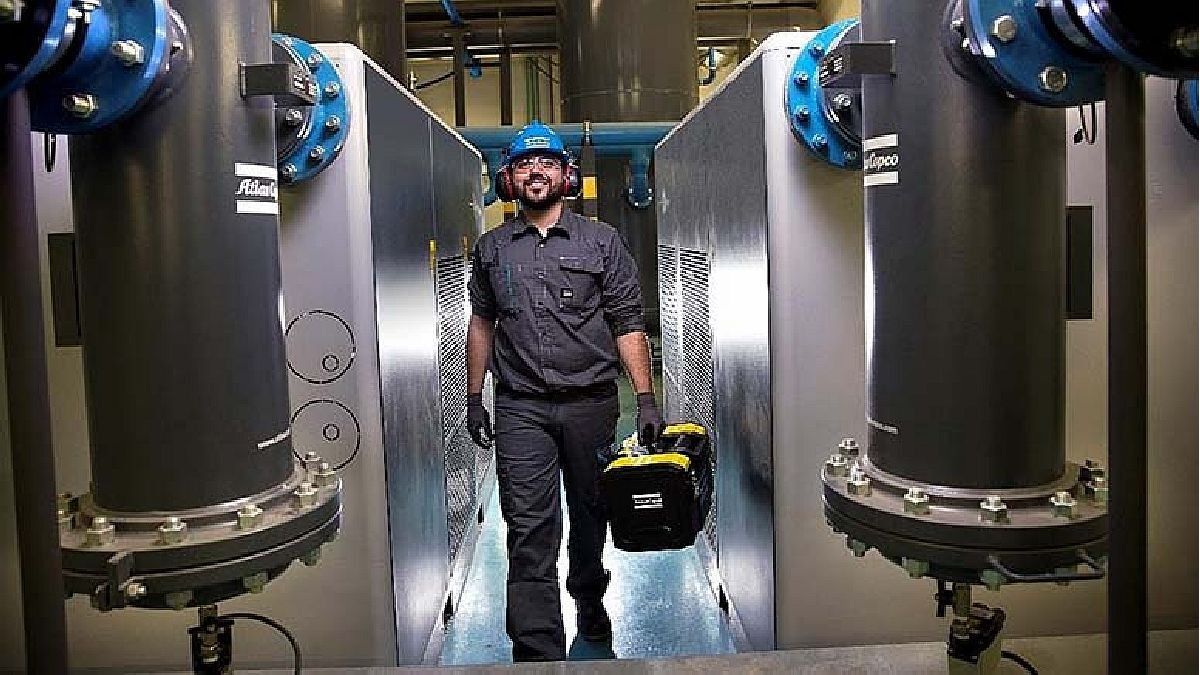Carbon neutrality is an issue that challenges the industry as one of the sectors that has the greatest power of transformation towards sustainable development. Energy, agriculture, logistics and transportation are three key sectors in terms of emissions. What are the strategies that can be implemented? As a first step for the energy transition are renewable energies; while secondly, there is the possibility of leveraging a sustainable infrastructure with a long-term impact.
Mainly used for heating, electricity, transport and industry. Energy accounts for about two-thirds of greenhouse gas emissions. Although, all change requires an investment; In many cases, these devices pay for themselves quickly thanks to the energy savings they bring, clearly visible on the electricity bill. On a very small scale, you can think of traditional light bulbs and LED lights. There is no doubt that the latter are more expensive, but they last many years longer than their predecessors and consume much less energy. The same goes for many other green investments, but on a much larger scale.
Faced with the challenge of being sustainable, it is vitally important to implement technologies that aim to generate energy efficiency. Well, the lower the energy use, the lower the carbon footprint. Then, five steps for a green production are detailed:
1. Analysis
As a first step, an audit is recommended. This will make it possible to help companies know their energy use, maximize it when production fluctuates, know if they are wasting energy when they are not operating at full capacity, and suggest opportunities for improvement. Having measurement tools is key to making decisions based on solid data.
2. Improvement
The Argentine industry as a whole consumes about 25% of the total energy in our country. Regardless of the sector, it is estimated that approximately 90% of the industry uses compressed air, and more than 20% of the energy consumed comes from its use. Whether in the production of food and beverages, pharmaceuticals, chemicals, in the automotive, textile, electronics and semiconductor industries; As in other processes, compressed air plays a fundamental role. Its main objective is to take advantage of the compression capacity that atmospheric air has by itself and use it to carry out mechanical work. Its application can be expensive since it represents more than 70% of the total cost of ownership in electricity amounts. For this reason, variable speed drive compressors, also known as VSDs, are an excellent choice for facilities that have fluctuations in their air demand, such as plants that run multiple shifts during the day and those where demand varies from hour to hour. throughout the day. The speed of the motor automatically adjusts according to demand and helps to achieve energy savings of 35-50%, eliminating any unnecessary costs.
3. Energy recovery
By adding one unit of electric power, 80-105% waste heat can be recovered to heat water. For example, for sanitary purposes, space heating or process applications. Otherwise, it is lost in the atmosphere through the cooling and radiation system.
4. Monitoring and control
It is important to know the status of the installation at all times. New wireless connection platforms make it easy to connect machines to mobile devices such as tablets and smartphones. In this way, it is possible to remotely monitor what is happening in the plant and even receive alerts about potential problems. This makes it possible to avoid what was previously a face-to-face visit and, therefore, reduce vehicle gas emissions as well as the hours spent traveling to the plant.
System monitoring not only saves money, but also prevents breakdowns and lost production. With more and more connected machines, it will be possible to turn information into intelligence, resulting in efficient and sustainable operations.
5. Maintenance
It is vital that companies view maintenance as an essential component of an energy optimization system. In the end, a system that works correctly will more than supply the cost of maintenance through energy savings.
It is a fact that the planet is warming at a rate that will radically change the way we humans live on it. Looking ahead to 2030, it is essential to accelerate action, increase climate ambition in order to return to sustainable production processes without this implying an extra cost. This is where energy efficiency can be part of the solution. For this, it is important to work on long-term planning and strategy schemes, as neighboring countries such as Brazil and Chile have done.
General Manager at Atlas Copco.
Source: Ambito




